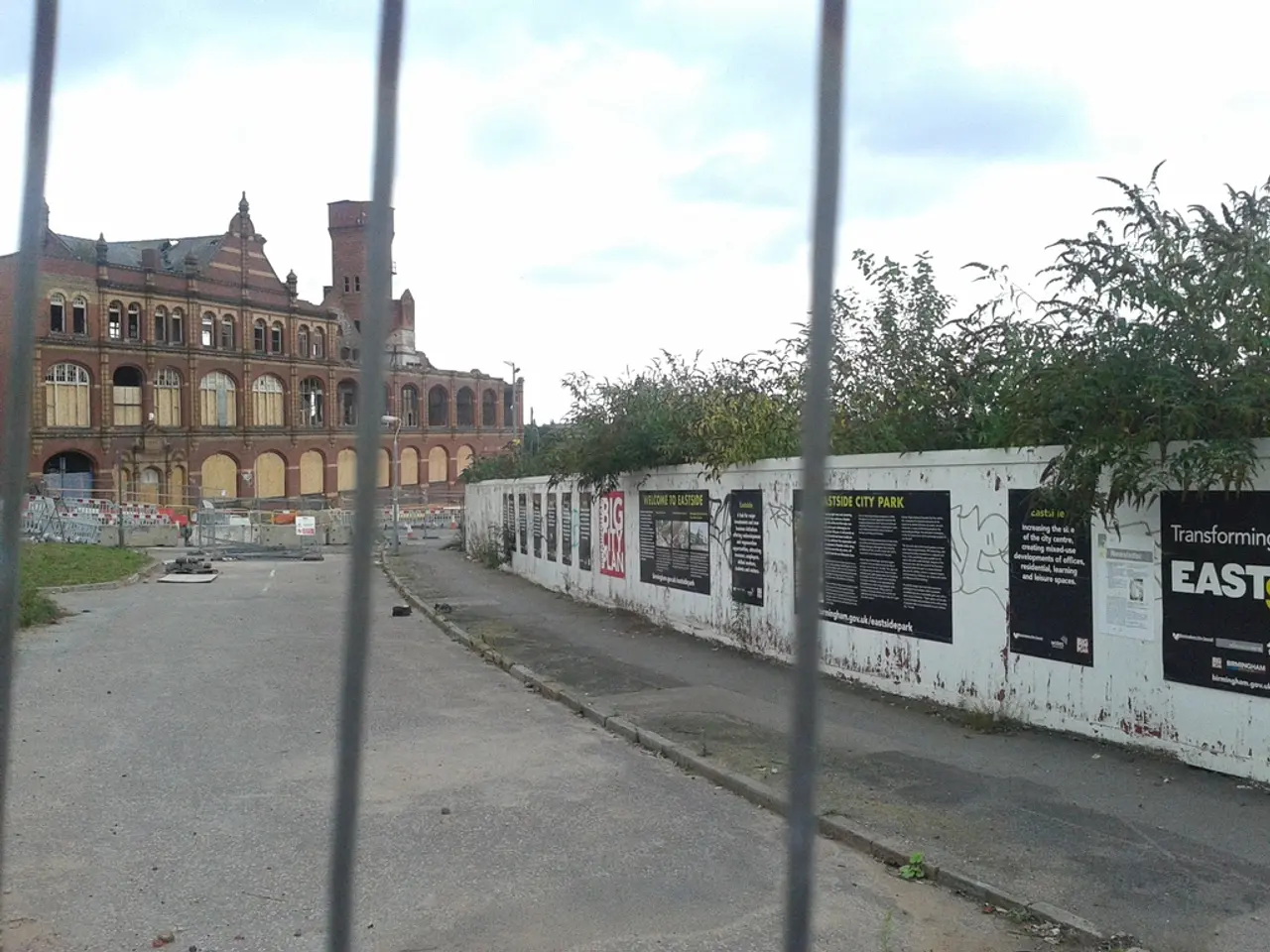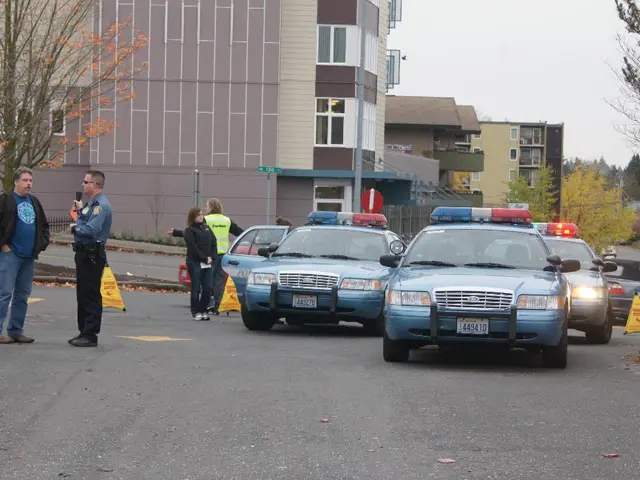Funding for neighborhood planning: answers to common queries
In a significant move towards community-led development, the UK government under Prime Minister David Cameron introduced the Community Right to Neighbourhood Planning via the Localism Act. This practice has since provided local communities with the power to shape the future of their living and working areas.
The Community Right to Neighbourhood Planning is a groundbreaking initiative that enables communities to take charge of their local planning. This means that residents can have a say in decisions that affect their immediate environment, from urban development to infrastructure projects.
This empowering policy, introduced in 2011, has been instrumental in fostering a sense of community involvement and ownership. By giving local residents the tools to plan and shape their neighbourhoods, the government aims to create more sustainable, community-focused developments that reflect the needs and aspirations of the people who live there.
The Localism Act, which paved the way for the Community Right to Neighbourhood Planning, was a landmark piece of legislation. It marked a shift in planning policy, moving away from top-down decision-making towards a more democratic approach that puts communities at the heart of the planning process.
In essence, the Community Right to Neighbourhood Planning is a testament to the government's commitment to empowering local communities. By giving residents the power to shape their neighbourhoods, the government is fostering a sense of ownership and community pride, while ensuring that developments are sustainable, community-focused, and reflect the needs and aspirations of the people who live there.








